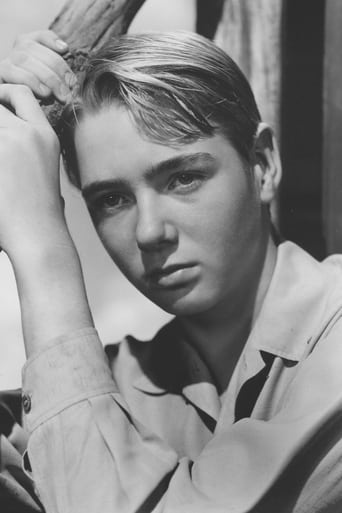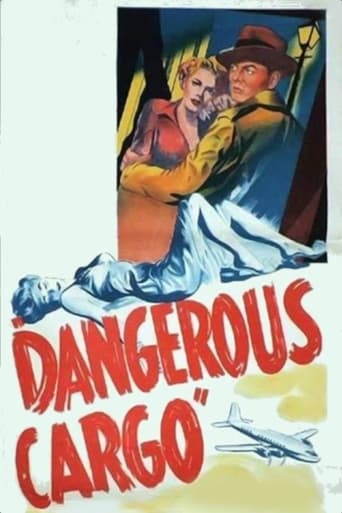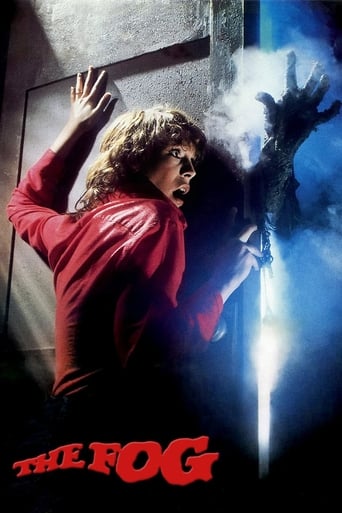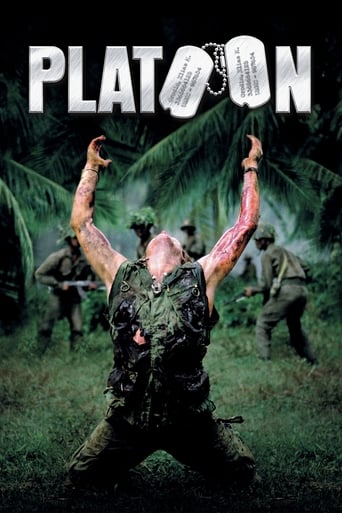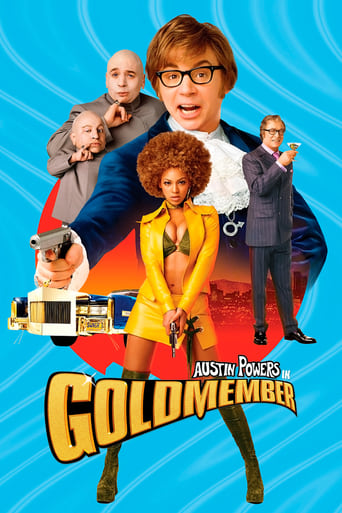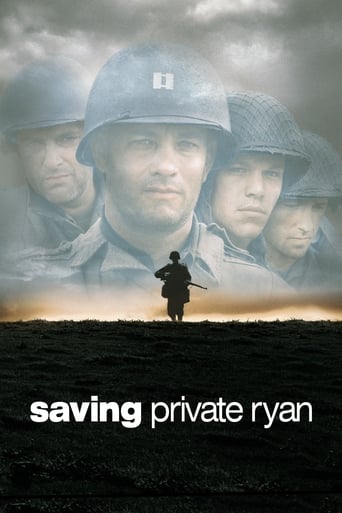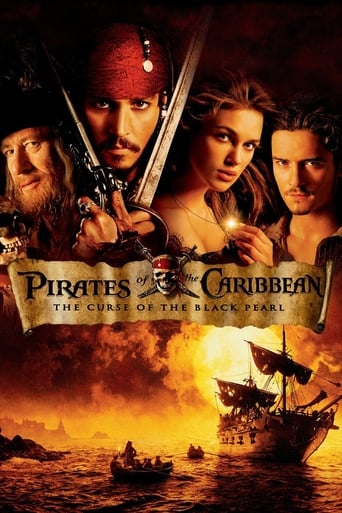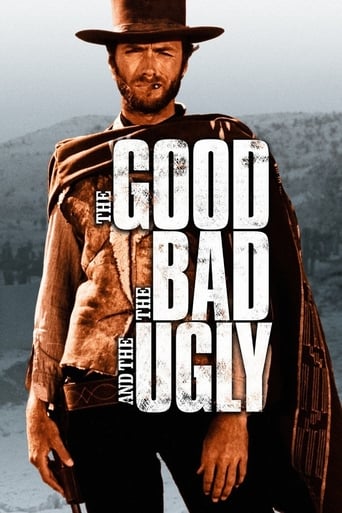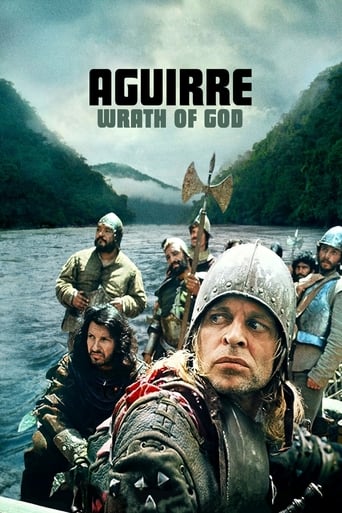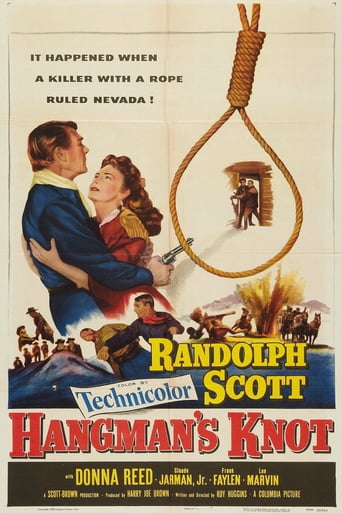
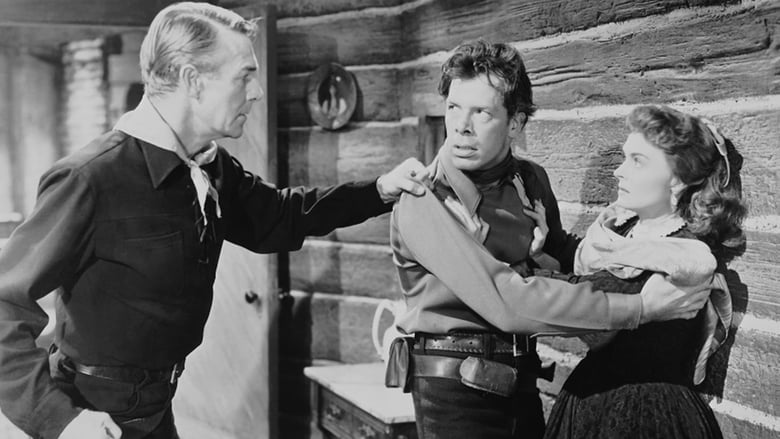
Hangman's Knot (1952)
In 1865, a troop of Confederate soldiers led by Major Matt Stewart attack the wagon of gold escorted by Union cavalry and the soldiers are killed. The only wounded survivor tells that the war ended one month ago, and the group decides to take the gold and meet their liaison that knew that the war ended but did not inform the troop. The harsh Rolph Bainter kills the greedy man and the soldiers flee in his wagon driven by Major Stewart. When they meet a posse chasing them, Stewart gives wrong information to misguide the group; however, they have an accident with the wagon and lose the horses. They decide to stop a stagecoach and force the driver to transport them, but the posse returns and they are trapped in the station with the passenger. They realize that the men are not deputies and have no intention to bring them to justice but take the stolen gold.
Watch Trailer
Cast


Similar titles
Reviews
Believing that the Civil War is still in progress, eight Confederate raiders in Nevada, led by Matt Stewart (Randolph Scott), ambush a ten-man Union gold shipment. When the shooting is over, the Union soldiers are dead, along with three Confederates. Before a mortally wounded Federal trooper expires, though, he tells Stewart that the war ended over a month earlier. (The war in the East ended with the surrender of Lee's CSA army in early April 1865 and Joe Johnston's larger army later that month.) Stewart is concerned that his troop could be considered as outlaws and hanged for armed robbery and murder if no one believes their true circumstance. What is more, the men are split as to what to do with the gold, but they decide to keep it for the time being. Now Stewart and his remaining men are hounded by nine riders masquerading as deputies, but in reality they are lawless drifters after the gold. After capturing a stagecoach (with two passengers), Stewart's band makes a successful run for a stage depot, manned by an elderly man and his middle-aged daughter. They are pinned down by the marauders, and it is this large forthcoming time period that focuses on character development. The level-headed Stewart has a couple of problems: (1) the murderous thieves outside and (2) hostility brewing inside the station between three different groups. They include Stewart's men (one is a domineering trouble-maker), the two stage passengers (Molly Hull = Donna Reed and Lee Kemper = Richard Denning), and the two relay station attendants (Plunkett = Clem Bevans and Mrs. Margaret Harris = Jeannette Nolan). Margaret Harris lost both her husband and her son to the war, so she is understandably bitter; Plunkett is her father. Lee Kemper is a businessman whose marriage proposal was turned down by Molly Hull, a union nurse. To protect Molly, he tells Stewart that Molly is his fiancée; nevertheless he is not genuine. The rebel firebrand is the unhinged Rolph Bainter (Lee Marvin, in a standout performance). Of course, to the detriment of the drifters, tensions will build outside. The bad guys outside, led by Quincey (Ray Teal) and Smitty (Guinn "Big Boy" Williams), decide to tunnel under the station and burn the structure. While this is happening a fierce rainstorm ensues with lightening, clouding the action but making for an exciting gunfight at the denouement.Hangman's Knot was made a few years before the famous collaboration between director Budd Boetticher and Scott ("Seven Men from Now," "The Tall T," "Ride Lonesome," "Comanche Station," etc.: they are all good), but Hangman's Knot is very well-crafted. It certainly packs a lot of action in its 81 minutes. There is one brief scene that involves a hangman's knot, but perhaps it is a metaphor for the potential fate of Stewart's Confederate squad. Dynamite is used although Nobel did not patent it until 1867. Square-jawed Randolph Scott, both tough and gentlemanly, is the second greatest western star of the silver screen (after the Duke, John Wayne, of course). Tom Mix and William S. Hart were of the bygone silent age. Donna Reed is appealing as usual although her role is not too demanding (catch her performance in another fine western, "Backlash," 1956). She picked up an Oscar as Best Supporting Actress in 1953 in "From Here to Eternity." Hangman's Knot is a good-quality western shot in glorious Technicolor with high entertainment value.
A unit of Confederate soldiers out on a special mission attack a Union troop that is carrying a cargo of gold. The idea being that the gold will be used to better the Confederate cause, but upon finding a barely living Union survivor, they learn that General Lee has surrendered and the war finished a month prior. The men, now guilty of murder outside of war regulations, are hunted by suspect deputies, taking a stagecoach hostage and holing up at a stage line way station, inner conflicts and murderous thieves are the order of the night.Incredible to think that this fine Western was the only effort to have been directed by Roy Huggins; because it's exactly that, damn fine. He would go on to direct notable work in TV such as The Virginian, The Rockford Files, Maverick and The Fugitive, but it seems that he wanted to put down a marker that he could in fact direct a feature length film, and although it only runs at a respectable 80 minutes, he must have been real satisfied with the finished product. Huggins is backed up by genre legend Randolph Scott in the lead role of Major Matt Stewart, with Scott providing the sort of performance that reminds us of his excellent work for Budd Boetticher in Ride Lonesome, The Tall T and Comanche Station etc. Donna Reed (lovely as ever), Lee Marvin (another fine loose cannon job), Richard Denning and Frank Faylen all beef up the cast, and although some of the other supporting players do not quite shine so bright, they do, however, earn their corn and don't harm the movie.The film itself is structured real well, we open with a fantastic sequence as the "Rebs" attack the Union troop, with Charles Lawton Jr's photography expertly capturing the Lone Pine vista in Technicolor glory. From here we are centred inside the way station in what at first appears to be your standard Rio Bravo set up, this set up could easily have failed if the characters inside the building were dull and very uninteresting. Thankfully Huggins, who wrote the story as well as directing it, gives us characters of interest with little offshoots of conflicts to further enhance the plot. This makes for a tense build up until we lurch towards the inevitable showdown where the rouges gallery of thugs outside - who want the gold at any cost to life - plot with hungry menace.It's not perfect by any stretch of the imagination, as some B movie traits and budgetary tone downs are evident, but the quality is still impressively high. From the direction and photography to the performances of the leads; Hangman's Knot is an essential viewing for the discerning Western fan. 8/10
Here's a solid little Randolph Scott number with a fine supporting cast taking place only a few weeks after the Civil War has ended. That's unknown to Major Matt Stewart (Scott), and his band of Rebels at the time they hijack a quarter million dollar gold shipment from a band of Union soldiers. Attempting to outrun the authorities that are soon to follow, they find themselves holed up at a way station with two stagecoach travelers who were on board when the Rebs sought cover for their getaway.Lee Marvin gets a fair amount of screen time as the Major's trigger happy, hot headed second, and the story offers a number of scenes where the two collide verbally and physically. It was somewhat of a breakout role for Marvin, who prior had mainly uncredited film parts and a few TV series appearances. The expected final confrontation between the pair however is interrupted by the young soldier Jamie (Claude Jarman Jr.) watching his commanding officer's back. It was somewhat of a twist to the story for this viewer, as all the while, the film kept making it a point that the young man had never killed anyone before, not even during the war. It brought full circle to a remark the Major made to him early in their story that before they got back home, Jamie would have to find a way to become a man.I guess I'm not used to seeing someone like Donna Reed in a Western, so her appearance took some getting used to. I can't say I was fully convinced with her character falling in love with the Major, considering the circumstances of their involvement with the Rebels, and even more so, the palpable difference in their ages. It didn't hurt that her traveling companion and self professed fiancée (Richard Denning) was such a lout, thereby setting up the comparison between himself and Scott's character.The near finale with the Major against the leader of the outlaw posse (Ray Teal) was somewhat original in it's execution and outcome. Oddly staged, it was surprisingly believable that the villain could be hauled away, stuck in his horse's stirrup. Thinking about it, I wondered how far the horse might have run and what the fate of Teal's character Quincey might have been. Would he have been dragged to death, fallen loose, or left to some other fate? Curious to ponder if nothing else.Ultimately, the Major vindicates himself in his sweetheart's eyes when he and his partner Jamie drop their saddlebags of gold bars. You kind of wondered what would happen with all that gold, and in some measure, I still do. Left with the station agent and his daughter in law, there wasn't much in the neighborhood they could do with it all.
Randolph Scott leads a group of Confederate raiders who rob a gold shipment and kill the Union Cavalry escort. Before one of them dies though, he informs the group that the Civil War's been over for a few weeks. They're outlaws now.That fact is brought home when a group of "deputies" lead by Ray Teal and Guinn Williams go out hunting the Confederates. They're not law officers in fact, but raiders looking to steal the gold and kill Scott and his crew. Scott and his crew take shelter in a stagecoach station and the fun begins.Everybody's in conflict here. Randolph Scott has eyes for stage passenger Donna Reed and her fiancée Richard Denning doesn't like it. Lee Marvin, who's one of Scott's men, also has eyes for Reed and willing to take a direct approach. The folks who run the station, Clem Bevans and Jeanette Nolan, don't like being caught up in the shooting at their station, but don't like the Confederates in particular as their Union sympathizers and Nolan's husband and son have both been killed in the war. Even the bad guys are arguing over just what approach to take in dealing with the Confederates and none of them trust the others. All this with the two groups shooting at each other.For 81 minutes a lot of plot is packed in and it's nicely done. Very tight editing, not a word or action wasted. Randolph Scott stands rigidly as the moral centerpiece of the film. Donna Reed, a year away from her Academy Award in From Here To Eternity, does well as a former Union Army nurse going west with her fiancée Richard Denning whom she learns is not all he seems. Lee Marvin gives a harbinger of things to come with his portrayal of a man quite ready and eager to become an outlaw.One of Randolph Scott's best westerns.




